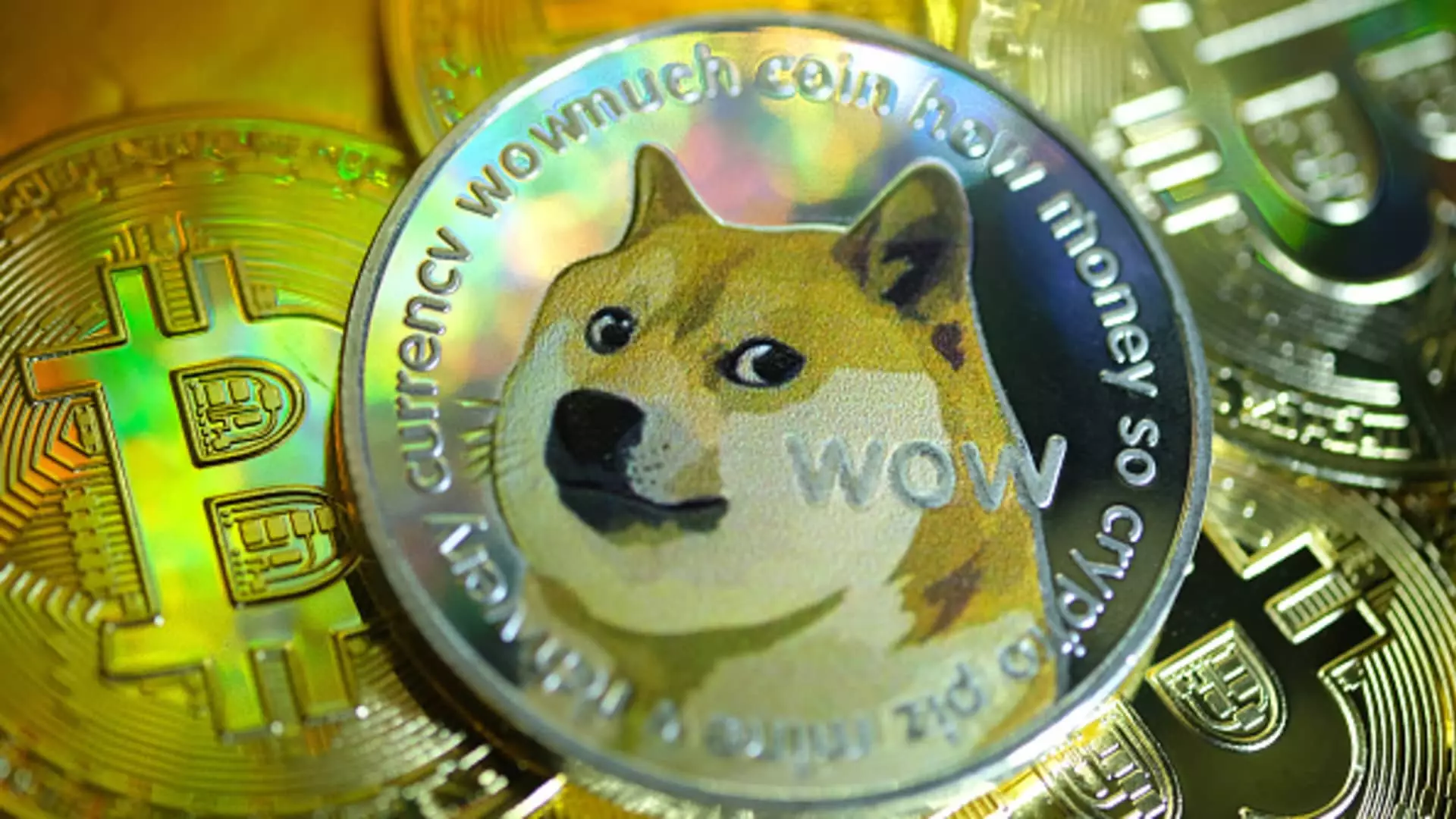On a pivotal Thursday evening, the Securities and Exchange Commission (SEC) unveiled a long-anticipated statement regarding the classification of meme coins in the context of U.S. federal law. The SEC’s Division of Corporation Finance asserted that the majority of meme coins do not meet the definition of securities, primarily due to their distinctive characteristics. Specifically, the agency noted that these tokens often exhibit limited or nonexistent functionality, comparing them more to collectibles than financial instruments. This release is significant, as it addresses a question that has lingered over the cryptocurrency landscape, particularly as regulatory scrutiny has intensified in recent years.
In its assessment, the SEC outlined that transactions in meme coins do not constitute the offer or sale of securities under federal law. Consequently, neither purchasers nor holders of these tokens are afforded the protections typically enshrined in securities regulation. By making this statement, the SEC effectively removed a layer of regulatory complexity that has often hindered the operational capabilities of platforms dealing in digital assets.
This explicit clarification from the SEC is poised to have far-reaching implications for the burgeoning cryptocurrency sector. Acknowledging meme coins as non-securities could encourage a more robust investment landscape, unencumbered by the overhanging fear of regulatory repercussions. Ishmael Green, a prominent crypto attorney, articulated that the SEC’s guidance represents the clarity that many in the digital asset space have been clamoring for.
The ramifications of this announcement can be particularly beneficial for U.S. crypto exchanges. With the likelihood of increased listings for new meme coins, platforms such as Coinbase and Robinhood may feel empowered to expand their offerings without the dread of regulatory scrutiny, thereby capturing a larger segment of the market. This situation could further accentuate the trend of meme coins, which have already witnessed explosive growth in popularity, often driven by bursts of market sentiment bolstered by social media enthusiasm.
Meme coins encapsulate a paradox within the cryptocurrency realm. While they are often touted for their speculative allure, drawn primarily by retail investors eager to capitalize on movements reminiscent of the Shiba Inu and Dogecoin phenomena, they are also criticized for their lack of inherent value. These tokens are often characterized by extreme volatility and can be highly leveraged in trading activities. Although they may present lucrative opportunities for investors willing to embrace the risks, they represent the most unregulated and perilous end of the spectrum within the vast digital asset universe.
Intertwined with internet culture, meme coins have become a significant lens through which retail interest is gauged. Their rise and fall can mirror the prevailing sentiments in the broader cryptocurrency landscape. Yet, despite the excitement surrounding them, market experts often caution against their speculative nature, advising potential investors to approach them with diligence and caution.
The SEC’s recent guidance appears to align with the current administration’s promise to streamline regulations pertinent to the crypto community. By clarifying the status of meme coins, the agency also reflects a commitment to foster innovation and encourage investment—a notable shift from an era characterized by heavy-handed enforcement actions.
As cryptocurrency continues to evolve, regulatory bodies face the daunting task of navigating a fast-paced and often volatile market. The SEC’s position on meme coins could signify a broader willingness to adopt a more open approach to digital assets. With the emergence of new tokens on platforms like Solana, which is becoming a favored environment for meme-based cryptocurrencies, the regulatory landscape will inevitably continue to develop as the crypto market expands.
As the SEC lays down its definitive stance on meme coins, the immediate outcome may be an invigorated marketplace bolstered by optimism regarding operational freedom for exchanges and minimal regulatory hindrance. However, while the SEC’s guidance may attract more investment, it remains crucial for participants in this segment of the crypto market to navigate the inherent risks with an informed perspective. The whimsical nature of meme coins coupled with their potential for price manipulation amplifies the necessity for retail investors to remain vigilant and discerning. Ultimately, the meme coin phenomenon encapsulates both the creativity and chaos of the evolving cryptocurrency landscape, testament to a culture that thrives on community, risk, and speculative fervor.

